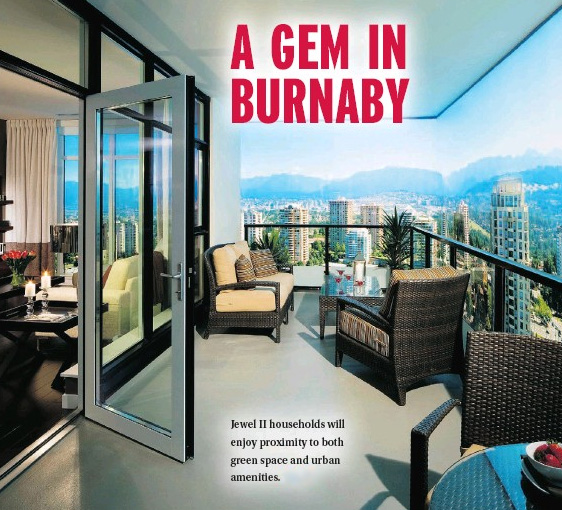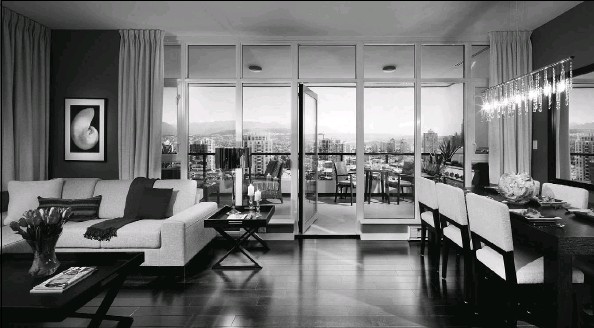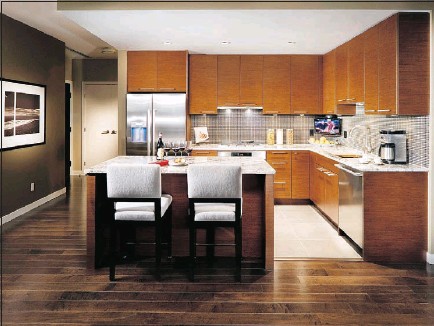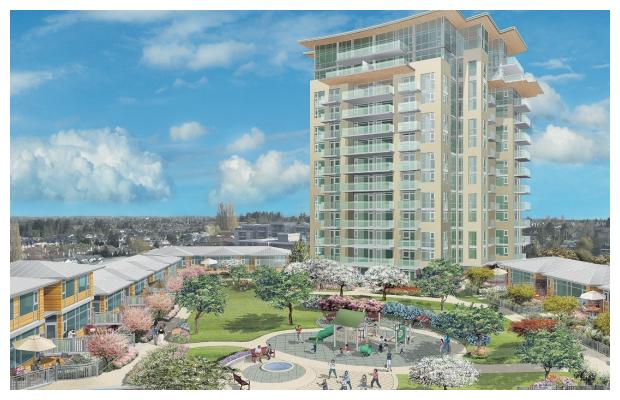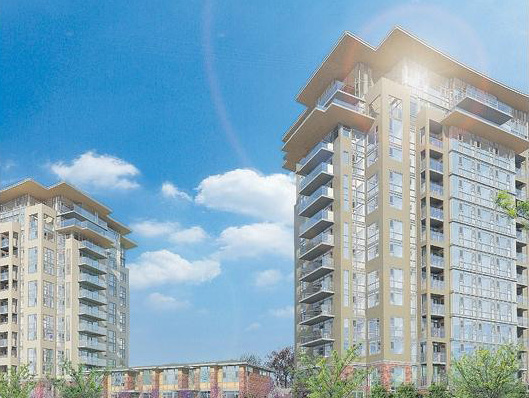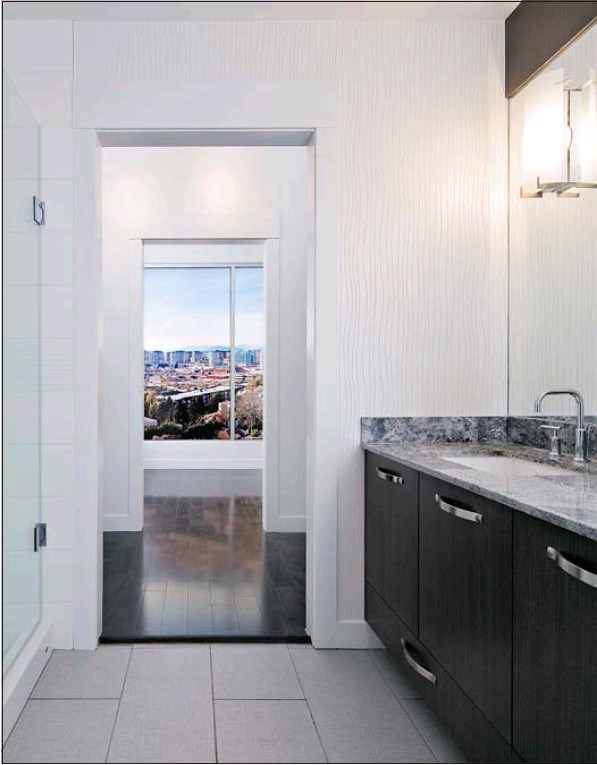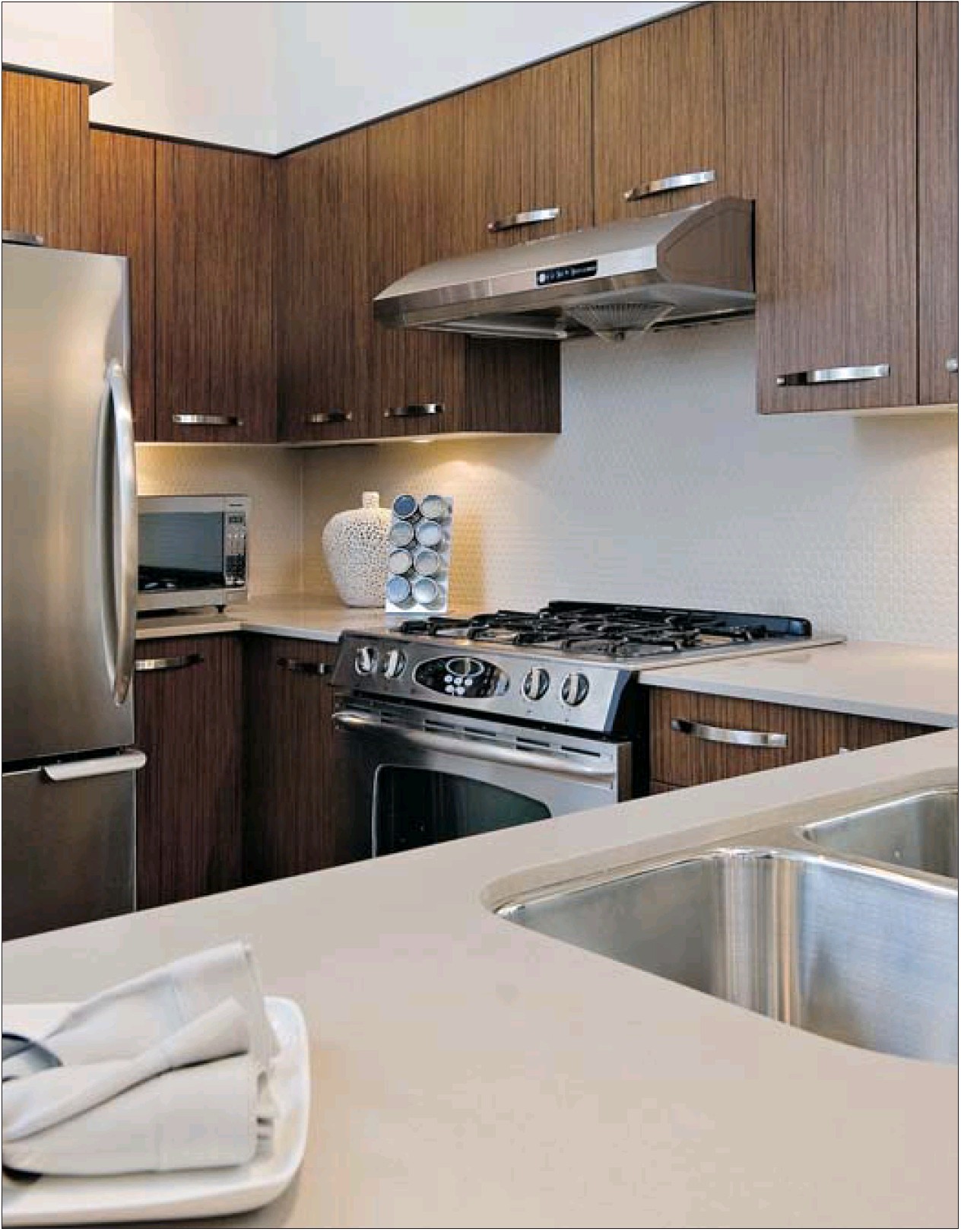Alex Veiga, AP Real Estate Writer
USA Today
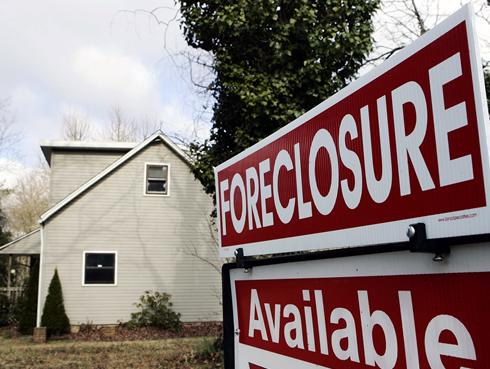
A foreclosed home in Egg Harbor Township, N.J. By Mel Evans, AP file
LOS ANGELES — More than 1 million U.S. households could lose their homes to foreclosure this year, as lenders work their way through a huge backlog of borrowers who have fallen behind on their loans, according to RealtyTrac, a foreclosure tracking service.
Nearly 528,000 homes were taken over by lenders in the first six months of the year, a rate that is on track to eclipse the more than 900,000 homes repossessed in 2009, RealtyTrac says.
“That would be unprecedented,” said Rick Sharga, a senior vice president at RealtyTrac.
Historically, lenders have taken over about 100,000 homes a year, Sharga said.
The surge in home repossessions reflects the dynamic of a foreclosure crisis that has shown signs of leveling off in recent months, but remains a crippling drag on the housing market.
The pace of new properties entering foreclosure slowed as banks let delinquent borrowers stay longer in their homes rather than adding to the glut of foreclosed properties on the market. But at the same time, lenders have stepped up repossessions to clear out the backlog of distressed inventory on their books.
The number of households facing foreclosure in the first half of the year climbed 8% vs. the period last year, but dropped 5% from the last six months of 2009, according to RealtyTrac, which tracks notices for defaults, scheduled home auctions and home repossessions.
In all, about 1.7 million homeowners received a foreclosure-related warning between January and June. That translates to one in 78 U.S. homes.
Foreclosure notices declined in April, May and June, but Sharga cautions not to read too much into that.
“The banks are really sort of controlling or managing the dial on how fast these things get processed so they can ultimately manage the inventory of distressed assets on the market,” he said.
On average, it takes about 15 months for a home loan to go from being 30 days late to the property being foreclosed and sold, according to Lender Processing Services, which tracks mortgages.
Assuming the U.S. economy doesn’t worsen, aggravating the foreclosure crisis, Sharga projects it will take lenders through 2013 to resolve the backlog of distressed properties they have on their books now.
And a new wave of foreclosures could be coming in the second half of the year, especially if the unemployment rate remains high, mortgage-assistance programs fail, and the economy doesn’t improve fast enough to lift home sales.
The prospect of lenders taking over more than a million homes this year is likely to push housing values down, experts say.
Foreclosed homes are typically sold at steep discounts, lowering the value of surrounding properties.
“The downward pressure from foreclosures will persist and prices will be very weak well into 2012,” said Celia Chen, senior director of Moody’s Economy.com.
She projects home prices will fall as much as 6% the next 12 months from where they were in the first quarter.
Economic woes, such as unemployment or reduced income, continue to be the main catalysts for foreclosures this year. Initially, lax lending standards were the culprit. Now, homeowners with good credit who took out conventional, fixed-rate loans are the fastest growing group of foreclosures.
There are more than 7.3 million home loans in some stage of delinquency, according to Lender Processing Services.
Lenders are offering to help some homeowners modify their loans. But many borrowers can’t qualify or they are falling back into default. The Obama administration’s $75 billion foreclosure prevention effort has made only a small dent in the problem.
More than a third of the 1.2 million borrowers who have enrolled in the government’s mortgage modification program have dropped out. That compares with about 27% who have received permanent loan modifications and are making payments on time.
Among states, Nevada posted the highest foreclosure rate in the first half of the year. One in 17 households there received a foreclosure notice. However, foreclosures there are down 6% from a year earlier.
Arizona, Florida, California and Utah were next among states with the highest foreclosure rates. Rounding out the top 10 were Georgia, Michigan, Idaho, Illinois and Colorado.
Copyright 2010 The Associated Press. All rights reserved






